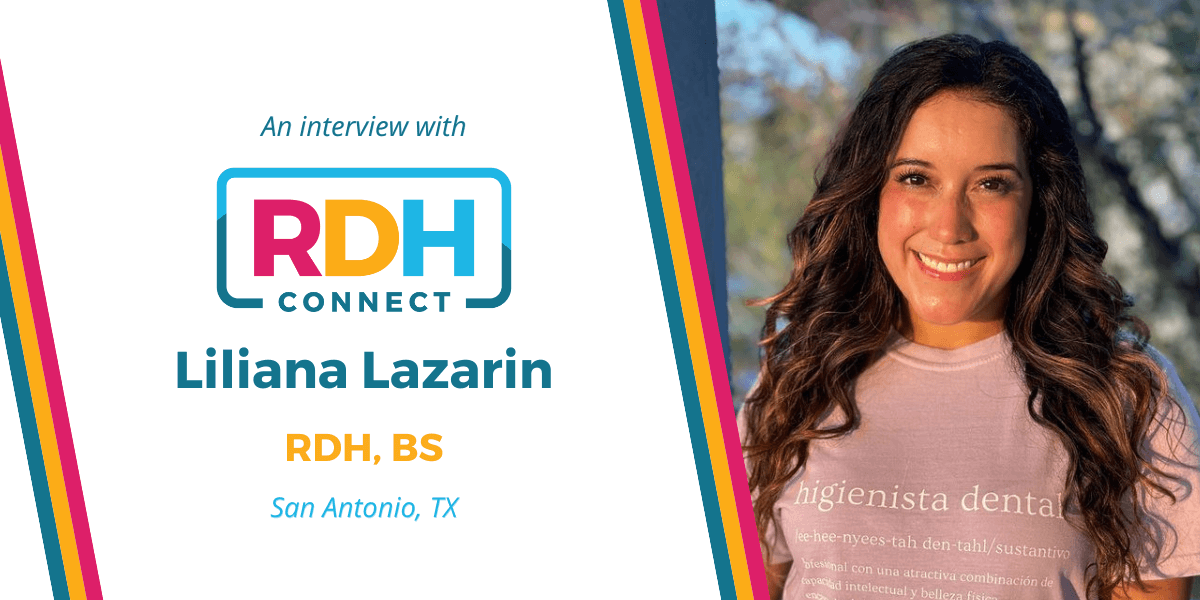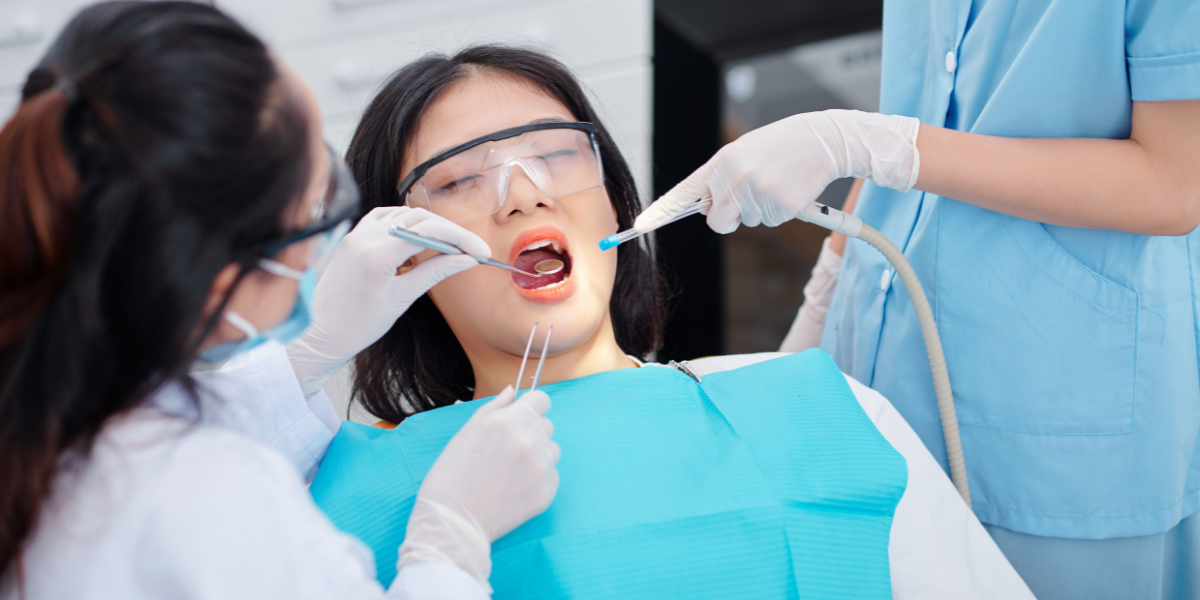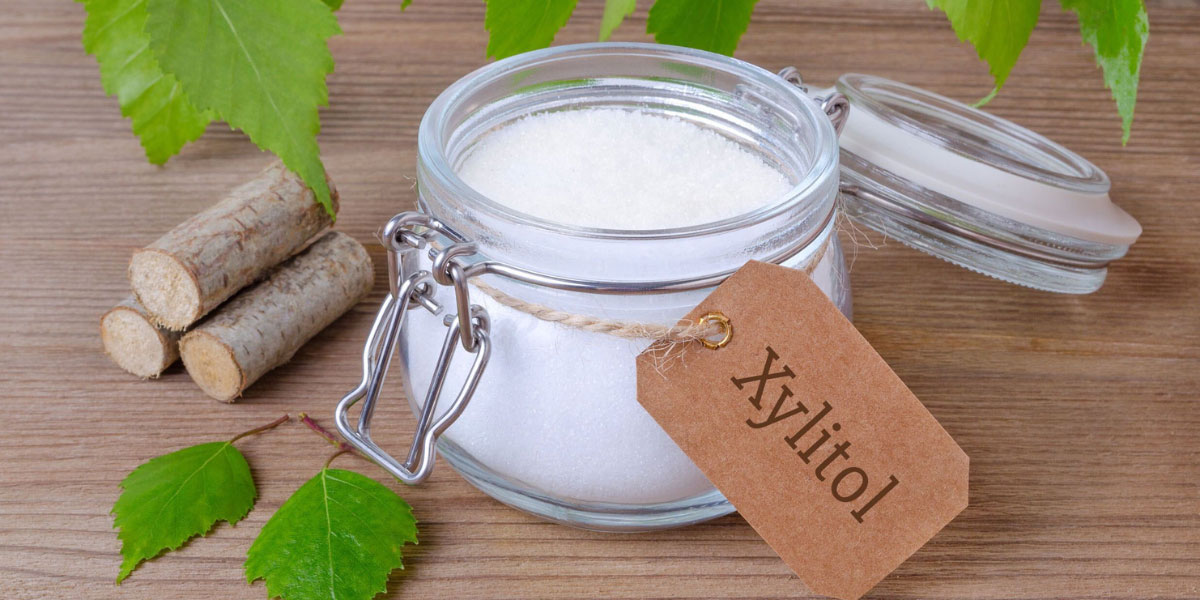How hygienists motivate excellent oral care & disease prevention at home
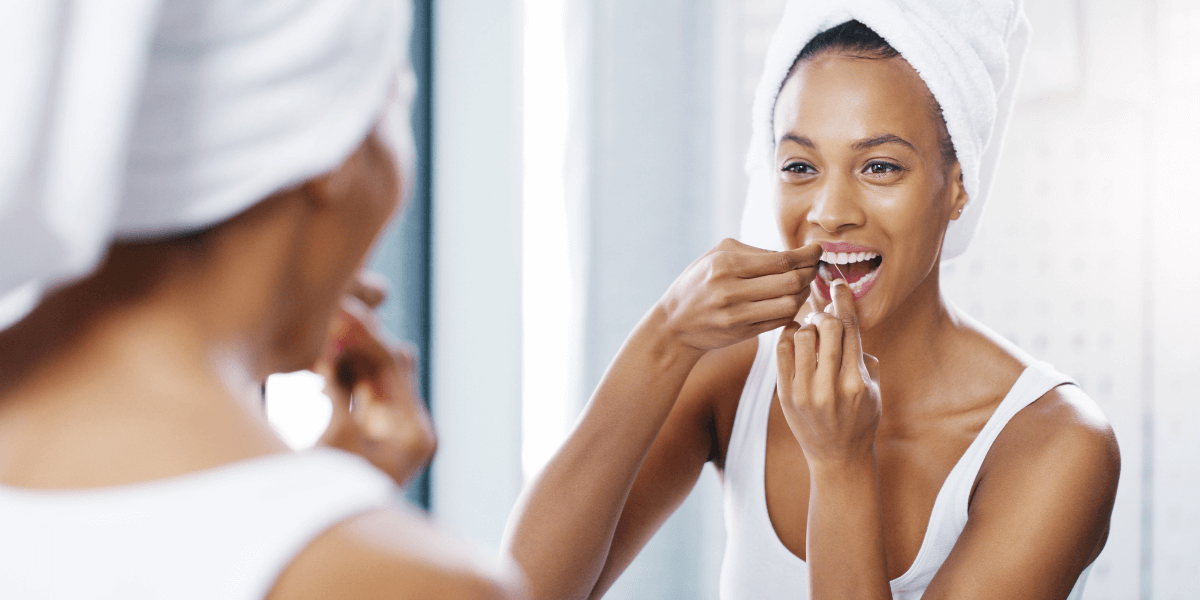
Learn how dental hygienists motivate patients through open communication and sophisticated techniques to educate & support home care initiatives, ultimately leading to better health outcomes.
Dental hygienists play a crucial role in motivating patients to maintain good oral hygiene habits. Enhancing patients’ oral health related behavior is an important preventive approach which is central to the practice of minimally invasive dentistry[5]. When motivating patients, a few factors need to be taken into consideration.
Open communication and approach
For me, this is key. By creating a safe space that is supportive and non-judgemental, patients will feel comfortable discussing their challenges and concerns. State that we are a team; we do our part in surgery and they do their part at home. By showing empathy and actively listening, we can address a patient’s fears and build trust, leading to increased motivation.
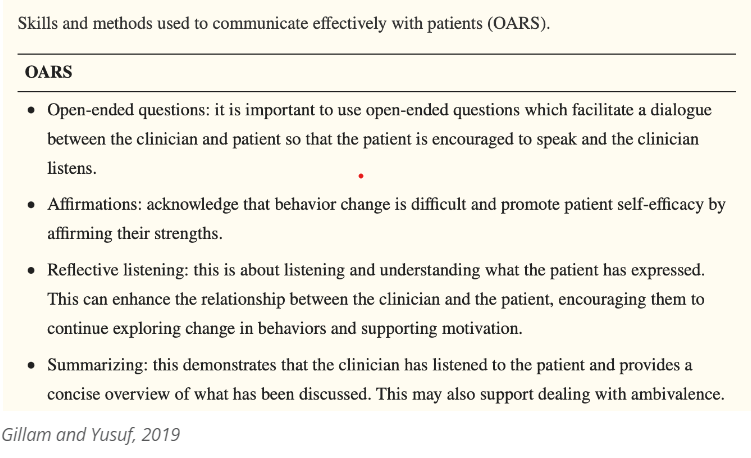
Education and visual aids
It is important to educate patients how having a healthy mouth can impact their overall well-being. Use visual aids such as teeth models and electric toothbrushes to explain correct hygiene techniques. By carrying out demos, patients can better understand how to adopt these practices. We should also explain the consequences of neglecting their oral care.
A personalized approach
Assess each patient’s unique needs and tailor it to them specifically. Take into account factors such as medical history, oral health conditions such as dry mouth (xerostomia), level of manual dexterity, lifestyle habits such as smoking, and what their personal goals are. Consider their life events. Has their oral hygiene slipped due to stress? Have they recently had a baby or gone through a bereavement? Be understanding and offer support. Work with them and also allow them to take ownership.
Set SMART goals
Goals should be Specific, Measurable, Achievable, Realistic and Time-specific. For example, ‘Your bleeding score is 100% let’s try and get that down to 50% or less by your next visit. How does that sound?’. This can be applied to regular brushing and interdental cleaning, quitting smoking and reducing sugar intake. Always emphasize attending regular dental check-ups and hygiene appointments. By breaking down larger objectives into smaller manageable steps, patients will feel empowered and motivated to make positive changes.
Reward and positive reinforcement
Acknowledge and celebrate patients’ efforts and progress. Praising patients can boost their motivation and self-confidence. Try to reward big milestones by gifting a sample toothpaste or free air polish.
Language
It is important to communicate with your patient in a manner that is befitting. Avoid dental jargon and keep it simple and sweet. Also consider language barriers and try to organize an interpreter if necessary. Hand gestures and speaking slowly and clearly will also help.
Motivational interviewing
The definition of motivational interviewing is “a collaborative person-centered form of guiding to elicit and strengthen motivation for change” [4]. MI is an effective behavior change method, which can be utilized in the dental practice setting. It can be used as a brief intervention to increase motivation to improve patients’ oral hygiene behaviors as well as providing a framework for delivering diet, smoking cessation, oral health changes, and alcohol advice. It involves engaging, focusing, evoking, and planning, guiding, which supports the patient towards a positive behavior change.
Motivational Interviewing enhances the relationship between the clinician and patient and improves patient outcomes
[2]. MI offers a therapeutic approach for helping individuals increase their motivation to change. So rather than telling the patient what to do, the clinician simply guides them in their decision and supports them towards a goal. The clinician’s role is therefore collaborative in approach.
MI includes four aspects:
- Partnership: working together with equal input from patient and clinician; respecting patient autonomy.
- Acceptance: understanding the patient’s perspective and not being judgmental; ensuring that we focus on their positive health behaviours and support them with their self-efficacy to change unhealthy behaviors.
- Compassion: supporting patients who may be struggling with behaviour change, showing real compassion and empathy towards them.
- Evocation: is an attempt to explore what is important to the patient and how they would like to make a change.
Final tips
- Always allow time for patients to ask questions and to check their understanding. Ask ‘is there anything else I can help you with?’.
- Thorough notes should be made and follow-up the agreed targets at the next appointment to ensure accountability.
- Not all patients can afford to visit as regularly as we advise.
- It is important to exchange information in a collaborative rather than in an imposing manner [4]
- Ashkenazi, M., Kessler-Baruch, O., & Levin, L. (2014). Oral hygiene instructions provided by dental hygienists: Results from a self-report cohort study and a suggested protocol for oral hygiene education. Quintessence Int, 45(3), 265-269.
- Gillam, D. G., & Yusuf, H. (2019). Brief Motivational Interviewing in Dental Practice. Dentistry journal, 7(2), 51. https://doi.org/10.3390/dj7020051
- Miller W.R. Motivational Interviewing with Problem Drinkers.Behav. Psychother. 1983;11:147–172. doi: 10.1017/S0141347300006583
- Miller, W. R., & Rollnick, S. (2009). Ten things that motivational interviewing is not.Behavioural and cognitive psychotherapy,37(2) 129-140.
- Newton, J. T., & Asimakopoulou, K. (2017). Minimally invasive dentistry: Enhancing oral health related behaviour through behaviour change techniques. British Dental Journal, 223(3), 147-150.

